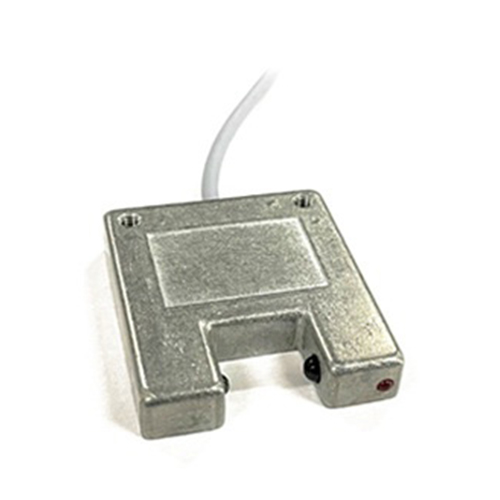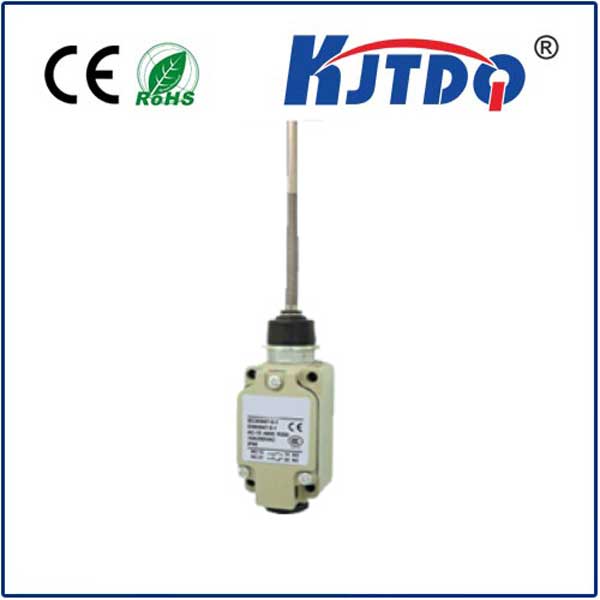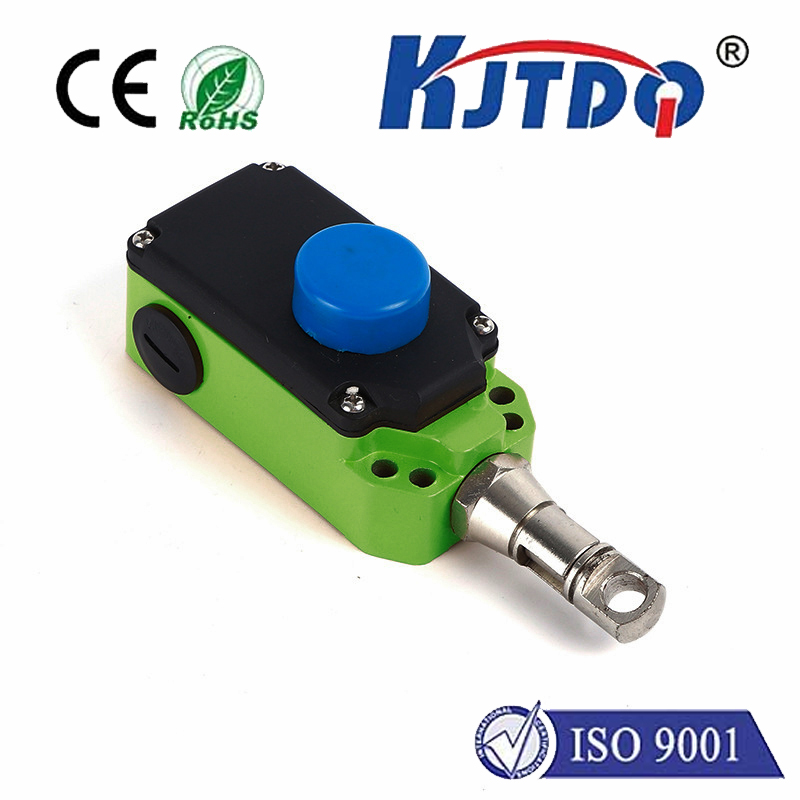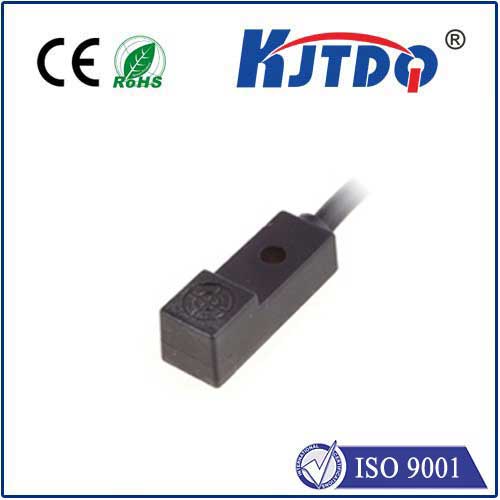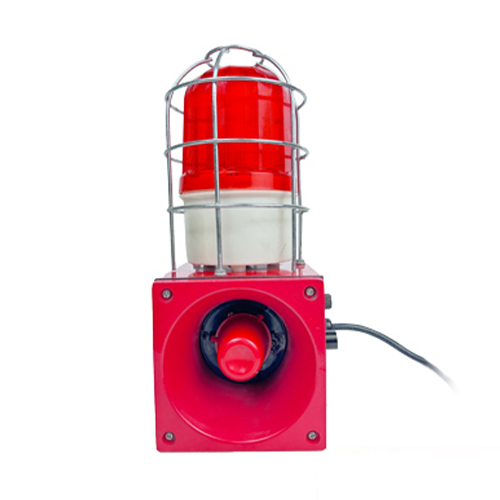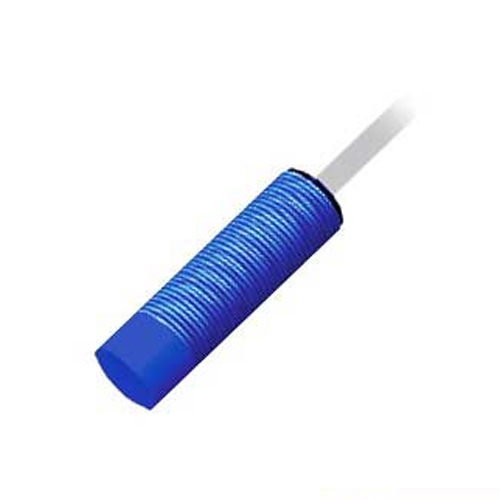thickness measurement laser sensor
- time:2025-09-08 16:05:52
- Click:0
Precision Unleashed: How Laser Sensors Revolutionize Thickness Measurement
Imagine ensuring the perfect thickness of a car door panel, a pharmaceutical tablet, or the delicate coating on a solar cell – with the speed of light and accuracy down to the micron. Manual calipers and cumbersome gauges simply can’t keep pace with modern manufacturing demands for speed, precision, and non-destructive quality control. This is where thickness measurement laser sensors emerge as the indispensable tool, transforming quality assurance across countless industries. They represent a leap forward from contact-based methods, offering unparalleled speed, accuracy, and reliability in measuring the dimension that often defines product integrity: thickness.
The Core Challenge: Why Precise Thickness Matters
Thickness isn’t just a number on a spec sheet; it’s frequently the critical parameter determining product performance, safety, and cost-effectiveness. A paint coating too thin fails to protect against corrosion; too thick, and it wastes material and risks cracking. A battery separator slightly out of spec can lead to catastrophic failure. Glass panes for architecture must meet strict safety thickness standards. Non-contact measurement becomes essential when dealing with hot materials (like molten glass or metal), soft or delicate surfaces (packaging films, food products), or items moving at high speeds on a production line. Traditional contact methods risk damaging the product, introduce operator error, and are simply too slow for real-time process control. Laser sensors solve these challenges head-on.
The Science Behind the Beam: How Laser Thickness Sensors Work

At its heart, a laser thickness sensor leverages the principles of laser triangulation or sometimes confocal chromatic sensing, depending on the specific model and application requirements.
- Laser Triangulation: This common method involves projecting a highly focused laser spot or line onto the target surface.
- A high-resolution image sensor (like a CCD or CMOS camera), positioned at a known angle to the laser emitter, captures the reflection.
- As the distance to the target surface changes (i.e., its thickness varies), the position of the reflected laser spot shifts on the image sensor.
- Sophisticated onboard electronics instantly calculate the exact distance to the surface point based on trigonometric principles. For thickness measurement, two sensors are typically used: one above and one below the material, simultaneously measuring the distance to their respective surfaces. The sensor electronics then subtract these two distance readings, factoring in their known fixed separation, to provide a direct, real-time thickness measurement output.
- Laser Confocal (Chromatic): This technology uses a multi-lens optical system and a white light source filtered to produce a spectrum. Different wavelengths focus at different focal points. By analyzing the specific wavelength reflected back most intensely, the sensor can pinpoint the exact distance to a surface with extremely high resolution, even on transparent or multi-layered materials. Some high-precision laser sensors employ this principle for niche thickness applications requiring nanometer-level resolution.
Unlocking Unmatched Advantages: The Power of Laser Measurement
The adoption of thickness measurement laser sensors delivers transformative benefits:
- Non-contact Operation: Eliminates surface damage, distortion, or wear caused by contacting probes, crucial for delicate materials, soft products, or pristine surfaces.
- High Speed and Real-time Results: Capable of taking thousands of measurements per second, enabling 100% inline inspection on high-speed production lines. Process adjustments can be made instantaneously.
- Exceptional Accuracy and Resolution: Delivers micron-level and even sub-micron resolution, far exceeding manual methods and many other non-contact techniques.
- Applicability to Diverse Materials: Measures metals, plastics, glass, paper, film, rubber, composites, textiles, and more – regardless of color (though reflectivity can sometimes be a factor) or surface texture.
- Robustness in Harsh Environments: Designed with industrial-grade enclosures (often IP67 rated), they withstand dust, moisture, vibration, and high ambient temperatures common in manufacturing plants.
- Data Logging and Integration: Easily integrates with PLCs, SCADA systems, and Industry 4.0 platforms for automated process control, statistical analysis, and traceability.
Where Precision Makes a Difference: Key Industry Applications
The versatility of laser thickness gauges makes them invaluable across a vast spectrum:
- Metals Processing: Rolling mills (hot/cold strip), foil production, tube and pipe manufacturing, coating thickness verification.
- Plastics & Rubber: Film extrusion (blown and cast), sheet production, calendering, tire tread and sidewall measurement.
- Paper & Packaging: Paper web caliper, cardboard thickness, multi-layer packaging inspection.
- Glass Manufacturing: Float glass thickness control, laminated glass inspection, display glass quality.
- Precision Engineering: Semiconductor wafers, thin-film coatings (optical, photovoltaic, decorative), battery electrode coatings, Gaskets, and seals.
- Automotive: Paint/primer thickness, brake pad measurement, composite part verification.
- Pharmaceuticals: Tablet coating uniformity, blister pack foil thickness.
Implementing Laser Thickness Measurement: Key Considerations
While immensely powerful, successful implementation requires careful thought:
- Sensor Selection: Choosing the right laser sensor involves resolution needs, standoff distance (distance from sensor to target), measurement range, spot size, material properties (reflectivity, transparency), and environmental conditions. Triangulation sensors are the workhorses for most opaque materials, while confocal lasers excel with transparent layers or ultra-high-resolution demands.
- System Configuration: Dual-sensor setups (above/below) are standard for thickness. Accurate mechanical alignment and a rigid mounting structure are critical for reliable readings. Vibration dampening may be necessary.
- Calibration and Maintenance: Regular calibration using certified standards ensures ongoing accuracy. While generally low maintenance, keeping optical windows clean is essential. Many modern sensors feature self-diagnostic capabilities.
- Software and Data Handling: Integration with easy-to-use software for setup, visualization, alarming, and data export is vital for maximizing ROI. Consider networking capabilities for centralized monitoring.
The Undeniable Edge
In the relentless pursuit of quality, efficiency, and waste reduction, thickness measurement laser sensors have become a cornerstone technology. Their ability to deliver high-speed, non-contact, micron-level accuracy reliably in demanding industrial environments is unmatched. Moving beyond the limitations of manual tools and older technologies, they provide the critical data needed for real-time process control, ensuring products meet stringent specifications, minimizing scrap, optimizing material usage, and ultimately safeguarding brand reputation. As manufacturing processes evolve towards greater automation and precision, the role of the laser thickness sensor is not just established – it’s rapidly expanding, illuminating the path to consistent, measurable excellence.












